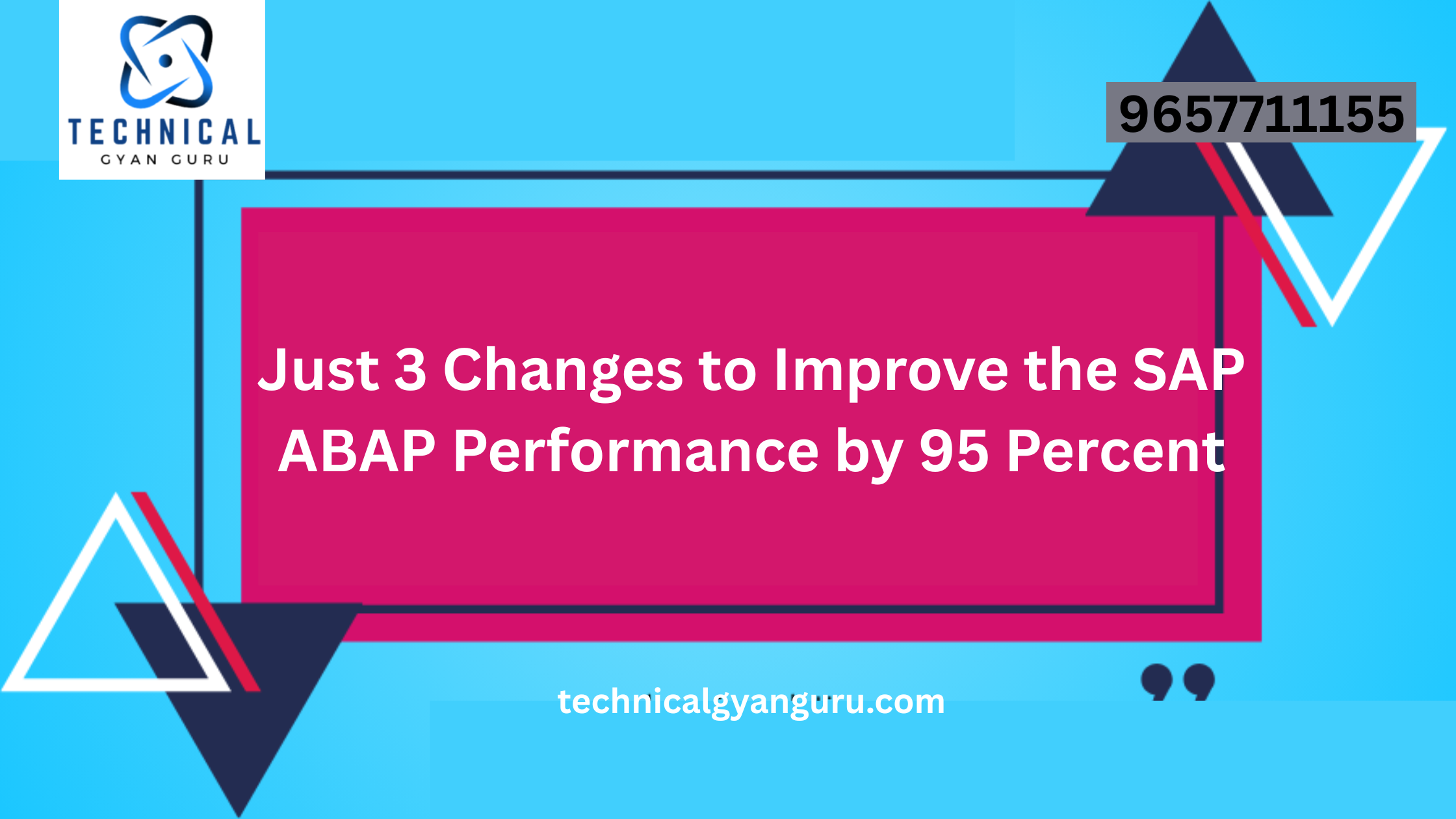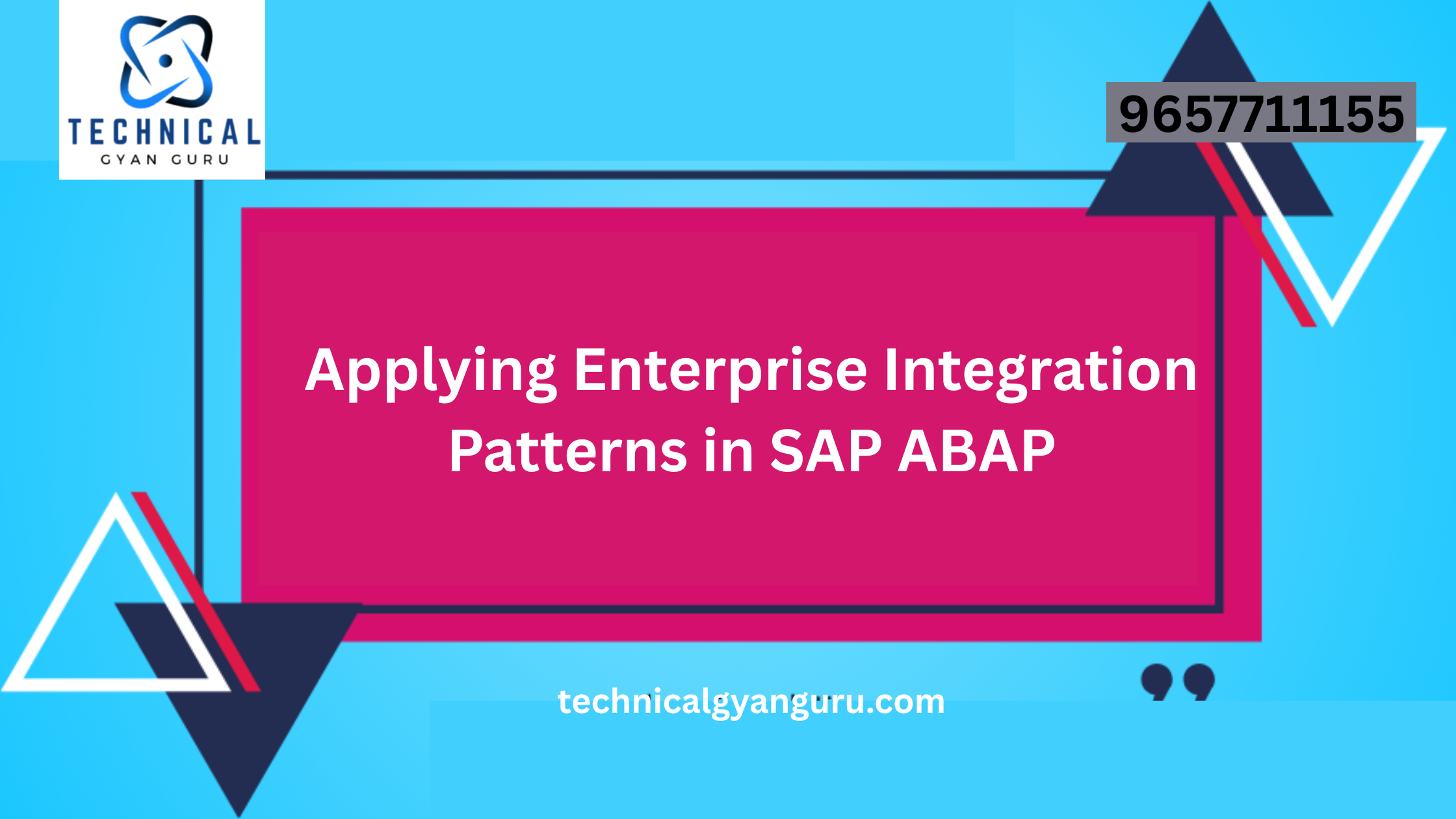
We have discussed SQL functions, unit/currency conversion functions, and date functions in our Built In Functions in CDS section; however, we did not cover the Time function. We’ll pick up where we left off in the previous post today. Now let’s dive right into what may be the final installment of this Built-In Functions series.

Let’s go over the Time Functions in this post. It will be quite easy to go through the four functions indicated below with Time.
- Time Is Valid
It is necessary to pass a single parameter. It is imperative that the field type be TIMESTAMP – DEC – Length 15.The remaining features of this blog operate in the same way. - UTC HOUR
The best thing about this is that no parameters are required. Provides the Coordinated Universal Time (UTC) by default. - ADD A SLEEP
The result is the total of the numbers when, as the name implies, we add the seconds to the timestamp. - SLITS IN BETWEEN
We had days between in our last issue, remember? There are now seconds in between.
It is improper to violate customs.How come the Code isn’t available to us?
@AbapCatalog.sqlViewName: 'ZTM_FNS_SQL_V'
@AbapCatalog.compiler.compareFilter: true
@AbapCatalog.preserveKey: true
@AccessControl.authorizationCheck: #NOT_REQUIRED
@EndUserText.label: 'Time Functions'
define view ZTM_FNS as select from zdt_concr_rept as a{
key a.rpt_id as RPT_Comment,
a.ztime as RPT_TMSP,
tstmp_is_valid(a.ztime) as valid1,
tstmp_current_utctimestamp() as UTC_TM,
tstmp_add_seconds(a.ztime, cast( 15 as abap.dec(15,0) ), 'INITIAL') as ADDED_TM,
//TESTING DIFFERENCE OF SECONDS
tstmp_seconds_between(tstmp_current_utctimestamp(), a.ztime , 'FAIL') as difference
}
Nothing that demands particular attention.
If you find this boring, check out our extra section. This section will link to all other worlds as well as SAP.
OData: Many of you have heard of this lovely idea and have worked with it.However, what if CDS was connected to the outside world (apart from SAP) via OData service?
Also Consider: ABAP on HANA Course
@AbapCatalog.sqlViewName: 'ZTYPE_CAST_V'
@AbapCatalog.compiler.compareFilter: true
@AbapCatalog.preserveKey: true
@AccessControl.authorizationCheck: #NOT_REQUIRED
@EndUserText.label: 'Type Casting Examples'
define view ZTYPE_CAST
as select from sflight as a
{
key a.carrid,
key a.connid as originalConn,
key a.fldate,
cast (a.connid as abap.char(2) )
as castedConn,
a.planetype as originalType,
cast( a.planetype as abap.char( 2 ) )
as castedType
}


So effectively two things needs to be kept in mind.
- Apply Type casting only when changing from one data type to other. If it is done within same data type the very purpose is not served.
- Need to be very careful such that no harm is done to data.
Output validates the earlier assertion.
Another insightful lesson for me! I attempted to insert castConn, the non-primary key, before fldate. However, SAP denied me access.
This concludes the functions series and Ishan’s specific request.
Return to CDS View via OData exposure. At technicalgyanguru, we already have a few articles on OData from CDS Annotations.However, our next piece on OData from CDS will be unique and captivating.Because there isn’t much room here, you’ll have to wait a little while longer. We pledge not to bother you too much and to deliver it in as little as two days. Please continue to watch.
We really appreciate your input. Kindly, provide your feedback down below.







